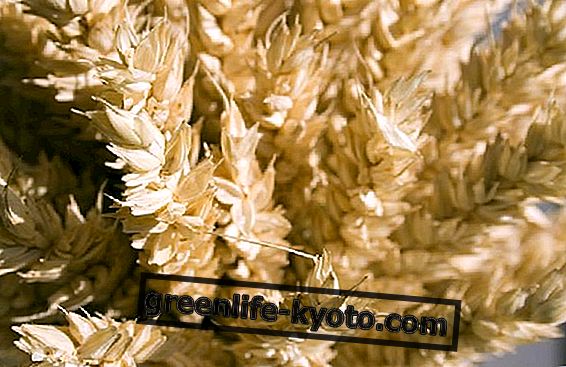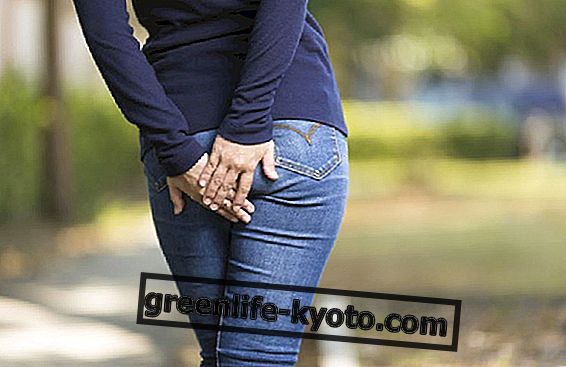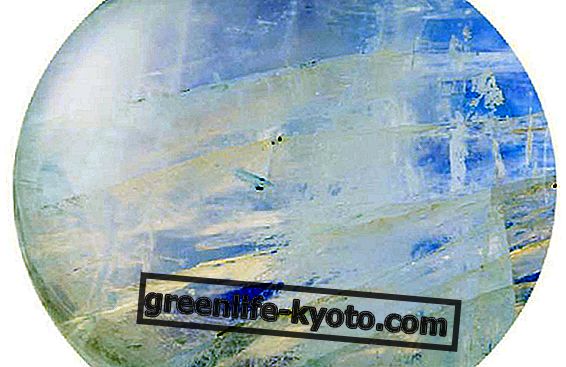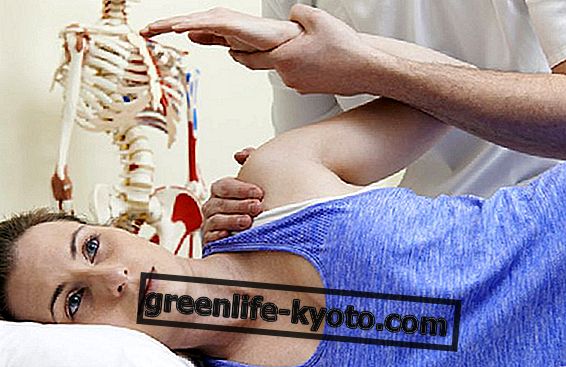
Holistic reflexology ® teaches that the body is reflected on the foot. It is easy to find, according to this principle, the muscular and skeletal organs and structures, since they occupy large spaces inside the body and therefore also on the foot.
Although small in size compared to organs with wider extensions, the teeth can also be placed on the foot. And, despite their small part in the body, their importance is relevant.
The teeth, in fact, together with smell and sight, are the first physical barrier that meets food in the nourishment process, when something external begins to enter our body.
As a first barrier the teeth have the function of chopping the food, allowing the enzymes present in the saliva to begin their first digestion work, and reduce the amount introduced into the oral cavity to dimensions suitable for the narrow passage of the esophagus. The teeth also have an important social role : healthy and well-groomed teeth are a business card that rarely goes unnoticed.
The teeth in the reflex area of the foot
The teeth, according to the holistic reflexology of the foot, are placed on the foot on the fingers. The areas and epicentres are located on the first phalanges of the fingers.
The area of the dental arches are found both on the right foot and on the left foot, on the back at the center of the first phalanx of the first finger (toe), while the epicenters are found on the first phalanges of the back of the other fingers.
The reflexological treatment of the teeth has implications more analogically than from the physical point of view. To treat tooth and gum pains it is more useful to treat neurological or muscular segments. On the psycho-emotional level, the treatment on the foot of the tooth epicenters, on the other hand, gives excellent results.
Find out more about holistic foot reflexology
Analog interpretation of the teeth
The teeth, as physically have the function of making the food suitable to pass from the outside to the inside, so analogically they represent the capacity and the tools used to make the life experience, whatever it is, suitable to be then processed internally .
They represent the stable part of the body (they are, like bones, made of calcium), among the most resistant. Gingival problems, which are the part of the body that must support the teeth, represent the support that is given to one's healthy aggressiveness, the one that takes the experience and breaks it down to assimilate it better.
The connection of the teeth with the aggressiveness, manifest or repressed, is very important. Bruxism, for example, is a nocturnal manifestation of tension and unspoken aggression during the waking period. The smile nourishes the teeth while bruxism and self-directed aggression destroy them.
Physical treatment of the reflex points of the teeth
The treatment of the reflex points of the teeth can represent a release of this part of the personality. Unlike other points, the epicenters of the teeth are treated with forceful grippers, gradually increasing the pressure and always releasing it gradually when the pain begins to dull.
Precisely for this reason it is recommended to undergo treatments on these epicenters by properly trained operators at specialized centers.
A milder treatment of the points benefits the head and neck muscles, the physical segment in which the dental arches are located.













